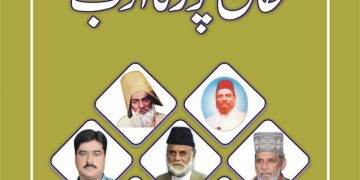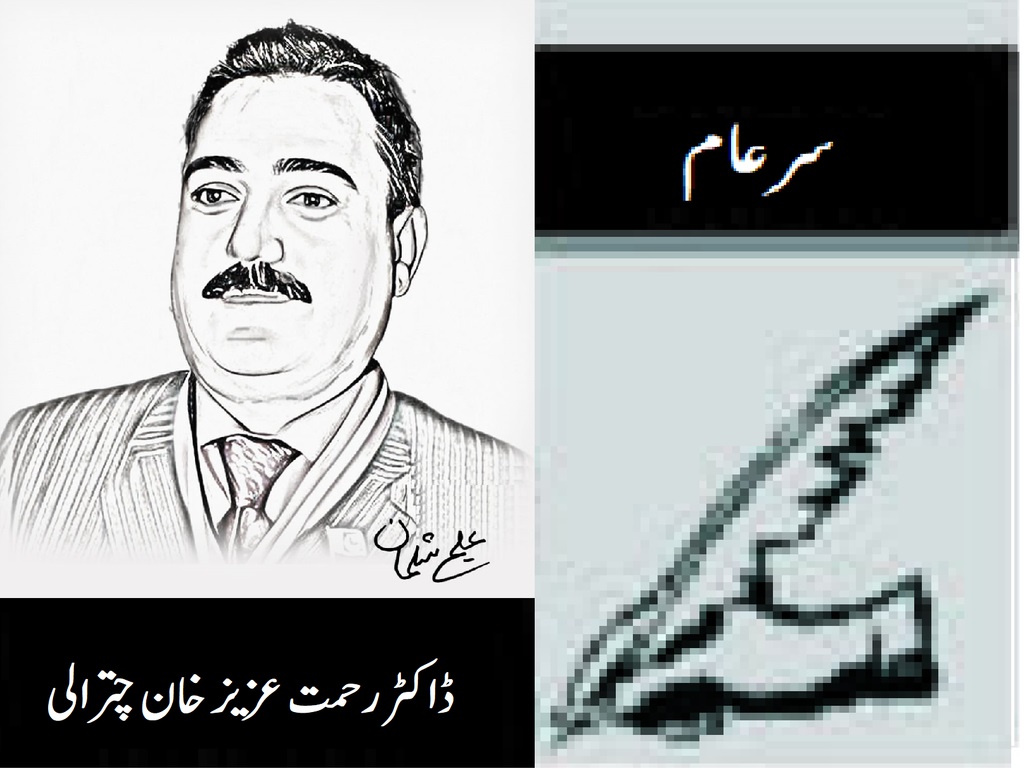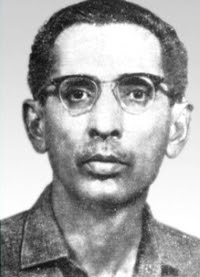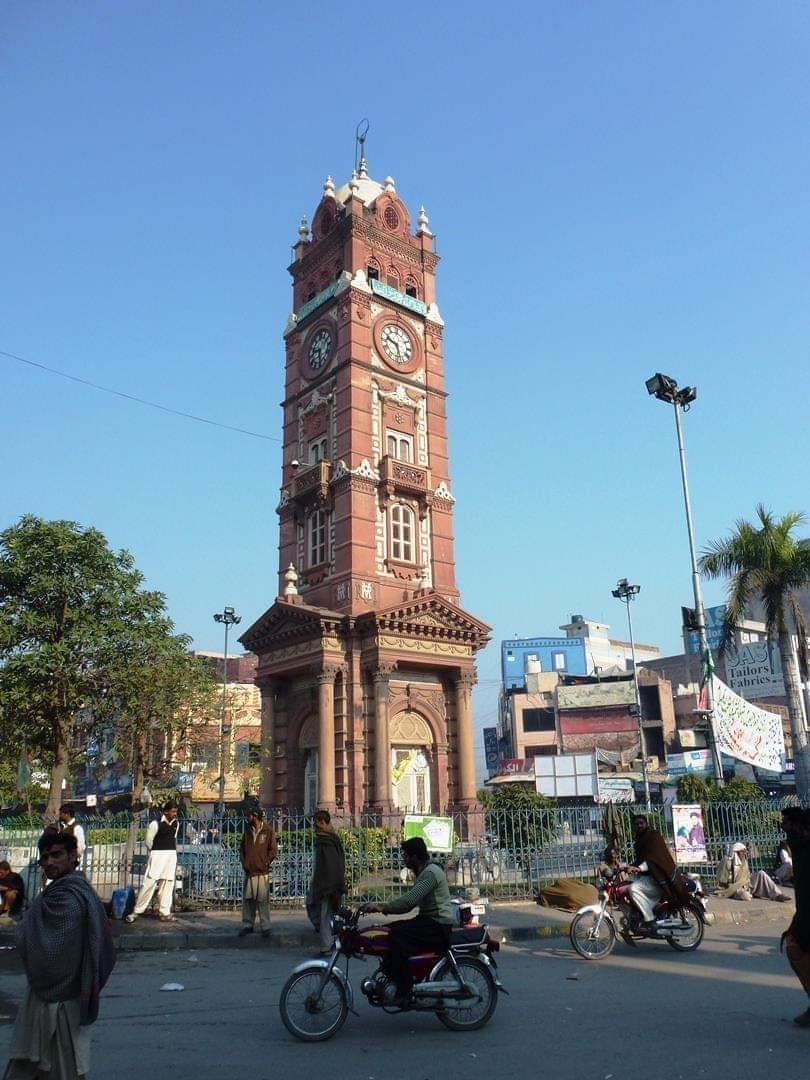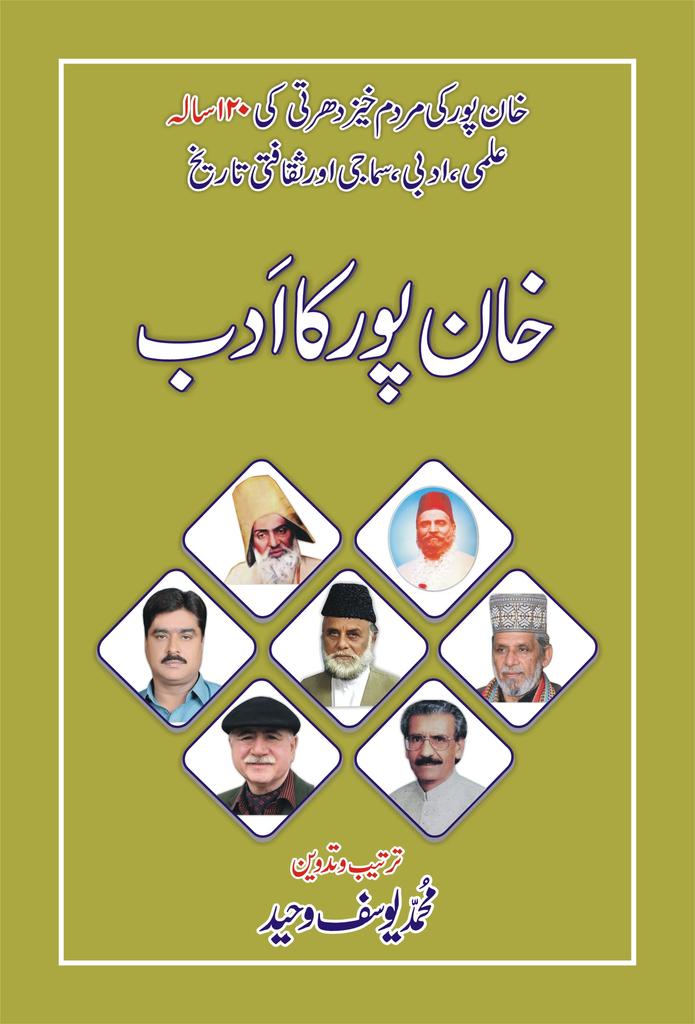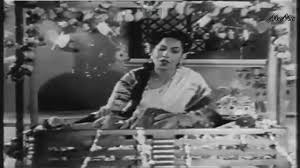(Last Updated On: )
I met my dear brother Yousuf Waheed around 2004. When we were considered to be studying in Taraqqi Taleem College (Khanpur). Yousuf Waheed was teaching in a school at that time. In the evenings we would sit in the grounds of Satellite Town KhanPur. These sessions were attended by Mirza Habib, Azhar Urooj, and occasionally Jam Irfan (who teaches in Commerce College). When friends would gather in the evening, they would share their Ghazals, Poems, or prose creations with their friends. Wherever they were praised, they were openly criticized.
In this gathering of Khanpuri writers, Muhammad Yousuf Waheed’s, which had a different way of thinking, wanted to restore the literary and cultural atmosphere of the city. He wanted to create a consignment of the future with recognition of the greatness of the deceased and appreciation of the present. He was prepared to choose a path for himself which would not only reveal his personal identity but would end in the grief of the nation and the grief of the society.
Muhammad Yousuf Waheed started the development of Khanpur’s literary land with the launch of scientific, literary and educational magazine “Bache Munn Key Sachey”(بچے من کے سچے). Although the above mentioned friends including me were included in the editorial board of this magazine. However, this idea was of pure Yousuf Waheed. Some friends Damey, Darmey, Sakhney continued to take part in the promotion and publication of this magazine and this series continues more or less even today.
From 2004 to 2020, there were many pleasant changes in the literary atmosphere of KhanPur. There were many turning points in the literary history of this city. Here are the highlights of these events. In order to bring this continuity before you once and for all, the latest link of which is this book containing the literary history of KhanPur, “Khanpur Ka Adab” (خان پور کا ادب).
1. In KhanPur, where new literary organizations like Al-Waheed Adby Academy, Bazm-e-Raz (Kachari), Bazm-e-Idraak, Tangh Adbi Sangat, Arshad Adbi Sangat and Alam Adbi Forum and others were established, some old organizations like’ “Maarif” etc. Kawaz was reactivated.
2. There was a significant increase in the number of poetry readings and literary sessions.
— Distinguished guests from other cities also attended.
A tendency of children to buy books and magazines to read and write has increased.
3. During this time, journals and books were published in individual capacity as well as from different platforms and their unveiling and distribution was arranged.
4. There was a monopoly of some illiterate people in government educational institutions and Tehsil administration. These deaf, mischievous and bigoted people have been demonstrating their rhetoric for years. The above-mentioned pleasant changes also had an effect on those people. Some of these destructive elements started coming to the right path. And some retired and left our lives.
5. During this time some of the descendants of KhanPur and its vicinity advanced in the field of education and research. The following are the descriptions of the scholarly and literary personalities of KhanPur and the articles written on their literary history:
1). KhanPur main Urdu Ghazal Ki Riwayat, by: Nazir Ahmad Bazmi (2017)
2). KhanPur main Urdu Naat Goi, by: Rana Nasrullah (2017)
3). Khurshid Timmi Ki Afsana Nigari, by: Amjad Ali Dhelon (2017)
4). Abdul Rehman Azad k kalam ki Tadween, by: Zubair Jahangir (2019)
5). Mujahid Jatoi K Tehqiqi Kaam Ka Jaiza, by: Shahbaz Nair (Rahim Yar Khan)
6).Mazhar Abbas wrote an essay in 2007 on the art and personality of Hafeez Shahid, a representative poet of ghazal in KhanPur, but it was not local.
6. Publication of literary magazines and books from KhanPur, establishment of literary organizations, holding of monthly and annual meetings and consultations, completion of M.Phil and other articles, efforts to promote literature by keeping prejudice aside, these were all factors which After a while, the lost and faded literary identity of our city was largely restored in the glitter of the great literary centers.
7. Meanwhile, Mujahid Jatoi added a new chapter in research and editing with the completion and publication of “Diwan-e-Farid-e-Bal-Tahaqiq, Saiful Nama-e-Tahaqiq and Gulzar-e-Khurram”.
All these changes brought the literary atmosphere of KhanPur to such a level that now it was felt necessary to do a work in which after the work on KhanPur’s ghazal, naat and some personalities had been done separately, in which KhanPur’s Work should be done on the overall literary history, especially on the history of prose “KhanPur Ka Adab”. This fleet was taken up by our enthusiastic friend Muhammad Yousuf Waheed, who has managed to register his work under the name of “Short Literary History of Khanpur”(خان پور کی مختصر ادبی تاریخ).
While this research effort by Muhammad Yousuf Waheed brings to the fore a new dimension of his abilities, it also suggests that we can expect him to carry out effective and extensive research work in this regard in the future. The book under his control gives access to hundreds of names in the literary history of KhanPur. There is an opportunity to get acquainted with his books and literary works. Monasteries play an important role in nurturing the literary atmosphere. From this book we know that there were many brave writers who were diligently lighting the lamp of knowledge and literature in this small town far from the literary centers. After the formation of Pakistan, there were many people who, belonging to different national languages, continued to play an important role in the upbringing and promotion of Urdu language and literature.
A study of this book reveals how the region has been linguistically and culturally unbiased in the past. Khawaja Fakhar’s brother Khawaja Fakhr-e-Jahan wrote poetry in Persian. Khawaja Fareed also wrote poetry in Urdu along with Saraiki. Allama Syed Muhammad Farooq-ul-Qadri (late) has left valuable prose works on religion, ethics and theology. Although Hafeez Shahid was a Punjabi, he represented Urdu Ghazals and gave a huge collection to his fans “Khatm e Saffar sy pehley”.In the present era, Khawaja Ghulam Qutbuddin Fareedi, Mujahid Jatoi, Mirza Habib are Saraiki but their services in Urdu cannot be ignored. The point is that there was an atmosphere of peace, brotherhood and mutual sympathy in our area. The monasteries played an important role in creating this atmosphere. The people here are also generally sociable and loving. Apart from a few fanatics and civilized people, this area belongs to the lovers.
While this book is an important milestone in the literary life of Yousuf Waheed and the literary history of KhanPur, it also shows some research omissions and shortcomings. Somewhere birth is missing, somewhere death is not found, and somewhere both are missing. Somewhere in the authored books the translation has been included, somewhere in the translation someone’s work has been included. The full number of books and names of some authors are not mentioned. It is written about a newcomer to literature that he has sung fifteen ghazals. Didn’t get any correction from anyone and are limited to sorting. A sample of his speech is also given. In our opinion, the mention of this newcomer to literature and its pattern of speech, despite all the compassion and sympathy, was not worthy of being made a part of the book.
This is not the end of the story. Yousuf Waheed has included in this book some famous names in the sample of Kalam which are not more important to us than the rhyme which we have mentioned above. These (so-called) poems are such that not only do they have weight issues but they also do not have any meaning. Now there could be two reasons for this, either the well-known name is the poetry of this tribe which has nothing to do with prosody closure or Yousuf Waheed did not test them while selecting and registering them. The lyrics were misspelled, or if the composer did so, it could not be corrected.
We know and believe that not every researcher needs to be an expert on the subject. However, if it is, then it is good. Especially when there are turning points in your research work that you have to deal with the tone of the poem and its qualities. Even if you do not know the propositions, you should seek the help of someone in these parts of your research. It should not be the case that a person who is not a poet at all should be made a part of literary history by considering him as a poet only at his behest. I can mention some well-known names here but it can start a long debate which no poet can afford. Therefore, these works are left to the researchers only.
Well, I have done some of these things to draw the attention of my dear brother, Yousuf Waheed. Our friend had the passion to do something from an early age. He has been using his abilities over time. Establishment of Al-Waheed Adby Academy, regular publication of children’s magazine “Bache Munn Key Sachey”, recent launch of magazine “Shoor-o- Idraak”, Bahawalpur book of prose and poetry literature”Guldasta-e-Adab”,”Quotes of Quaid-e-Azam and Quaid-e-Azam Quiz, and then” A Short Literary History of Khanpur “.Anyway, some of us have such a perfectionist approach that not a single book of his has come to light all his life. Muhammad Yousuf Waheed is trying to keep up with both quality and quantity. The positive and powerful side of his personality is that he is determined to do better in the least amount of resources, in the least amount of time. As a friend, a poet, and a teacher, I welcome this book, which spreads new colors in the literary atmosphere of KhanPur, and congratulates my dear brother, Yousuf Waheed, on the publication of this book.
…
(Reference: “Khan Pur ka Adab”.Research and Compilation: Muhammad Yousuf Waheed, Publisher: Al-Waheed Literary Academy Khanpur, 2021)
……….
